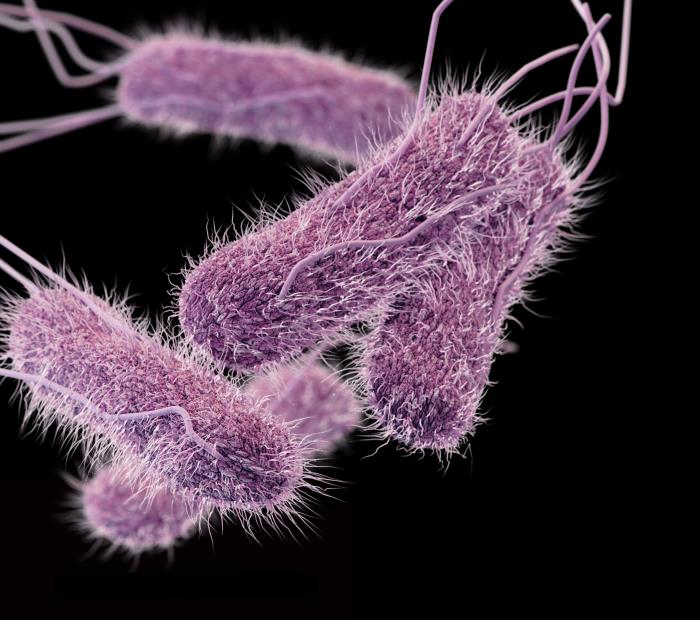An outbreak of typhoid fever was confirmed last October in the Zimbabwe capital of Harare and since that time some 2,444 suspect and confirmed cases have been reported.

The outbreak is mainly in the western and southern districts of Harare, with Mbare and Kuwadzana being the areas most affected. No deaths have been reported.
Health officials say the key drivers of this outbreak are the lack of safe drinking water, inadequate sanitation, and unhygienic conditions in the affected areas, and these factors need to be addressed in order to bring this outbreak under control. Specifically, the poor condition of water and sanitation infrastructure in Mbare and use of drinking water from contaminated boreholes require attention to prevent propagation of this outbreak.
Typhoid fever is a potentially life-threatening illness caused by the bacterium Salmonella typhi. Salmonella typhi lives only in humans. Persons with typhoid fever carry the bacteria in their bloodstream and intestinal tract. In addition, a small number of persons, called carriers, recover from typhoid fever but continue to carry the bacteria. Both ill persons and carriers shed S.typhi in their feces.
You can get typhoid fever if you eat food or drink beverages that have been handled by a person who is shedding S. typhi or if sewage contaminated with S. typhi bacteria gets into the water you use for drinking or washing food. Therefore, typhoid fever is more common in areas of the world where handwashing is less frequent and water is likely to be contaminated with sewage.
Typhoid fever can be successfully treated with appropriate antibiotics, and persons given antibiotics usually begin to feel better within 2 to 3 days.
Related:
- Typhoid vaccine to be introduced in endemic countries: Gavi
- Typhoid antimicrobial resistance: ‘We are approaching a crisis’
- Neglected tropical diseases added to ALMA Scorecard
- Nigeria launches largest yellow fever vaccination campaign in their history
- Guinea worm disease: 30 cases reported in 2017, a slight increase

